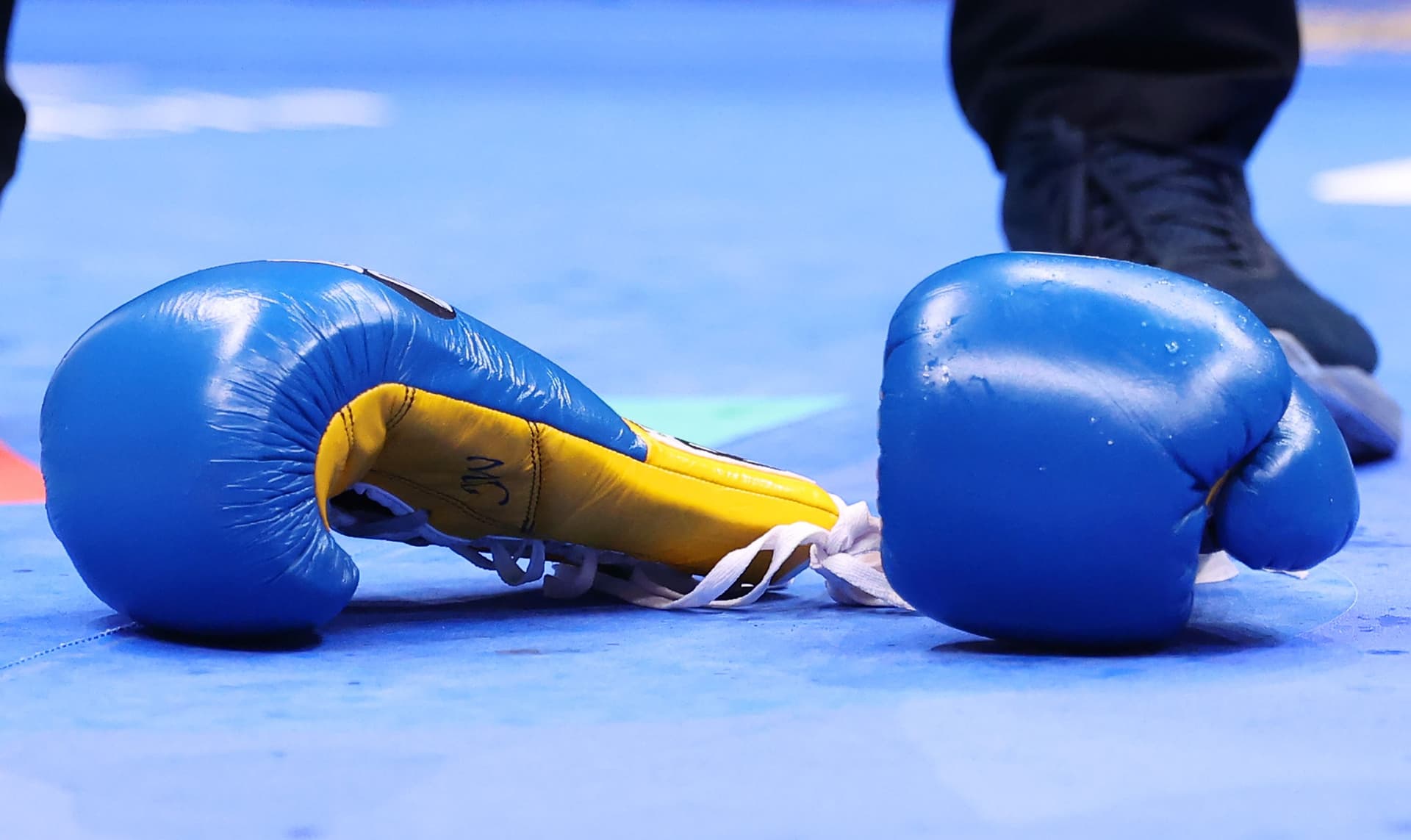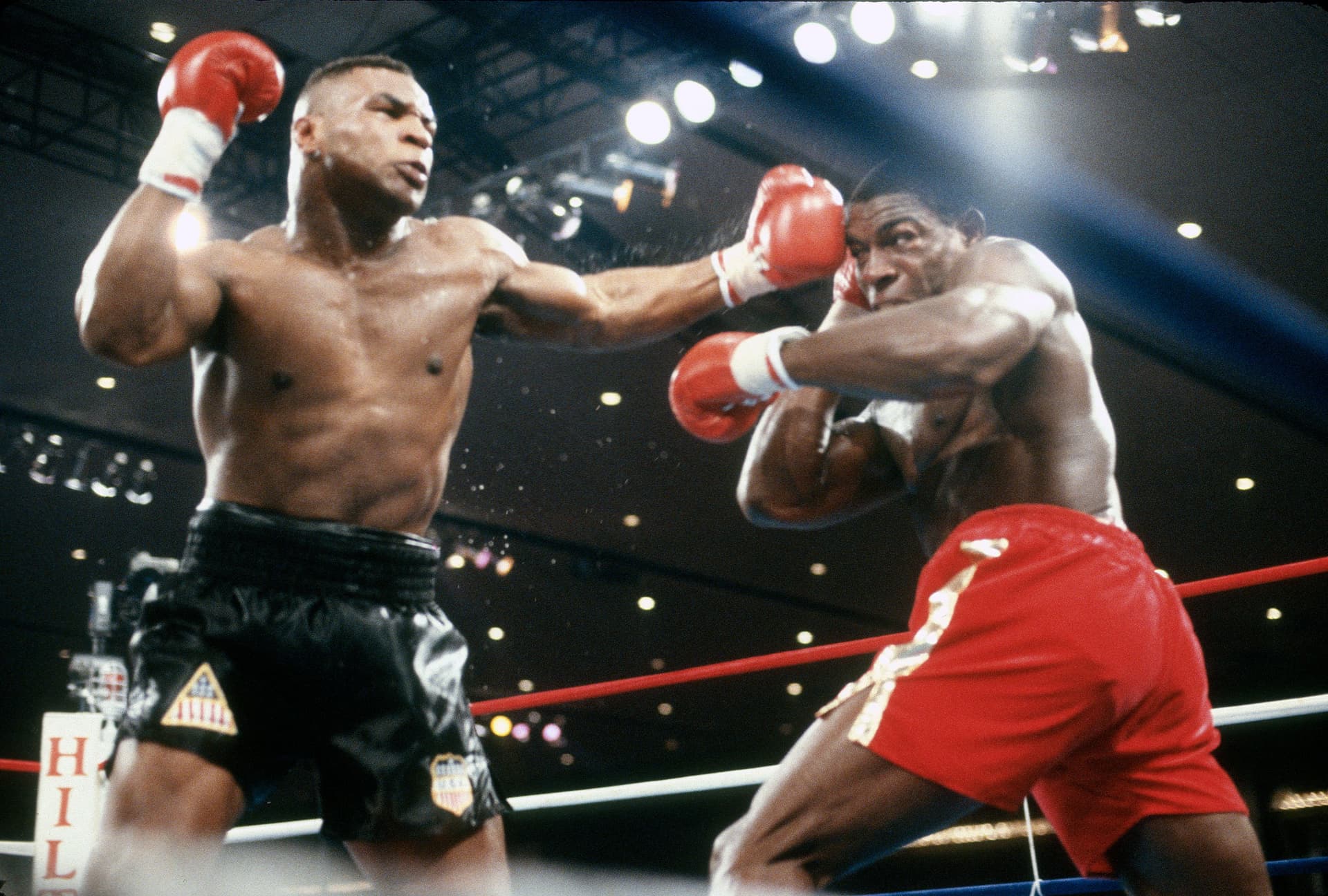Boxing
The Reason Behind Boxing Gloves: Safety and Strategy
Boxing is a dangerous sport, so it’s imperative that every measure is taken to make it as safe as possible, and using the correct gloves is a bug part of that.

Image Credits: Richard Pelham/Getty Images
The importance of boxing gloves safety
Boxing is a dangerous sport and it’s been loosely reported that there are, on average, 13 deaths per year in the sport.
Ongoing measures are put in place to reduce fatalities, such as rigorous pre-fight medicals, brain scans, strict weight limits and rehydration clauses, and thoroughly trained referees and officials in the boxing ring to keep order to maintain a clean, safe and fair fight.
The evolution of boxing gloves has also contributed to making it a safer sport, and the engineering and technology continues to improve progressively.
Read on to find out more about the history of boxing gloves and how much safer they are today then in ancient history.
Early Boxing Gloves
When boxing first appeared in the Olympics in 688BC, Greek fighters wrapped their hands in oil-softened oxhide leather straps, called himantes.
These evolved into a cestus, which is the ancient form of a boxing glove. They were made with strips of leather, sometimes fitted with blades or spikes to turn them into weapons.
However, depictions of boxing can date back to over 2000BC and have shown fighters with bands supporting the wrists and protecting the knuckles.
Padded Boxing Gloves
The first padded boxing gloves were created in 1743, although these were mostly used for training. Initially, padded boxing gloves, known as ‘mufflers’ were considered unmanly at the time and took many years to become accepted as slowly more rules and safety measures became introduced in the sport.
However, bare knuckle boxing was still popular up until 1867, which is when the famous Marquess of Queensberry Rules were first mandated.
Originally, these mufflers were made of natural leather and so were often brown or tan in colour. The colour didn’t change until the days of television.
Boxing gloves first became dyed in the colour red for television purposes to hide the colour of the blood to reduce the violent appearance of the sport for the wider audiences watching.

Mike Tyson and Frank Bruno//Getty Images
The Modern Boxing Gloves
After over 100 years of engineering and testing, modern boxing gloves have evolved into the safest, comfiest, longer lasting products, that can range from £15 up to £500.
Gloves now feature the latest in technology such as leather-based stitching, mesh palm, suspension cushioning and new and innovative padding for comfort and support.
Modern boxing gloves either come with laces or Velcro. Lace-ups are mostly for competitions, but also used widely by professional boxers. Velcro fastened gloves are the choice of general boxing training, where anyone can just put the pair on and fasten themselves to get straight on with training.
The Safety and Strategy of Modern Boxing Gloves
Modern boxing gloves can reduce the impact of the punch, decreasing the possibility of injuries or knockouts.
They also decrease the chances of inflicting cuts, as well reducing the damage to fists, wrists and knuckles.
Even so, it’s still common for a professional boxer to break a metacarpal during a fight, usually because they are wearing smaller gloves, weighing just 8oz, which offer less protection than heavier gloves.
This is why there are also strict rules and measures in place for how a boxer must wrap their hands in the right way to ensure maximum protection.

Tim has over 27 years experience within the sports industry, working for football clubs Arsenal FC and Millwall FC, and boxing news websites British Boxing News, Boxing Social and Global Boxing News. His boxing articles have been published in Boxing News Magazine, national newspapers, plus many other major news outlets.